May 15–Jul 15, 2024
Online
-
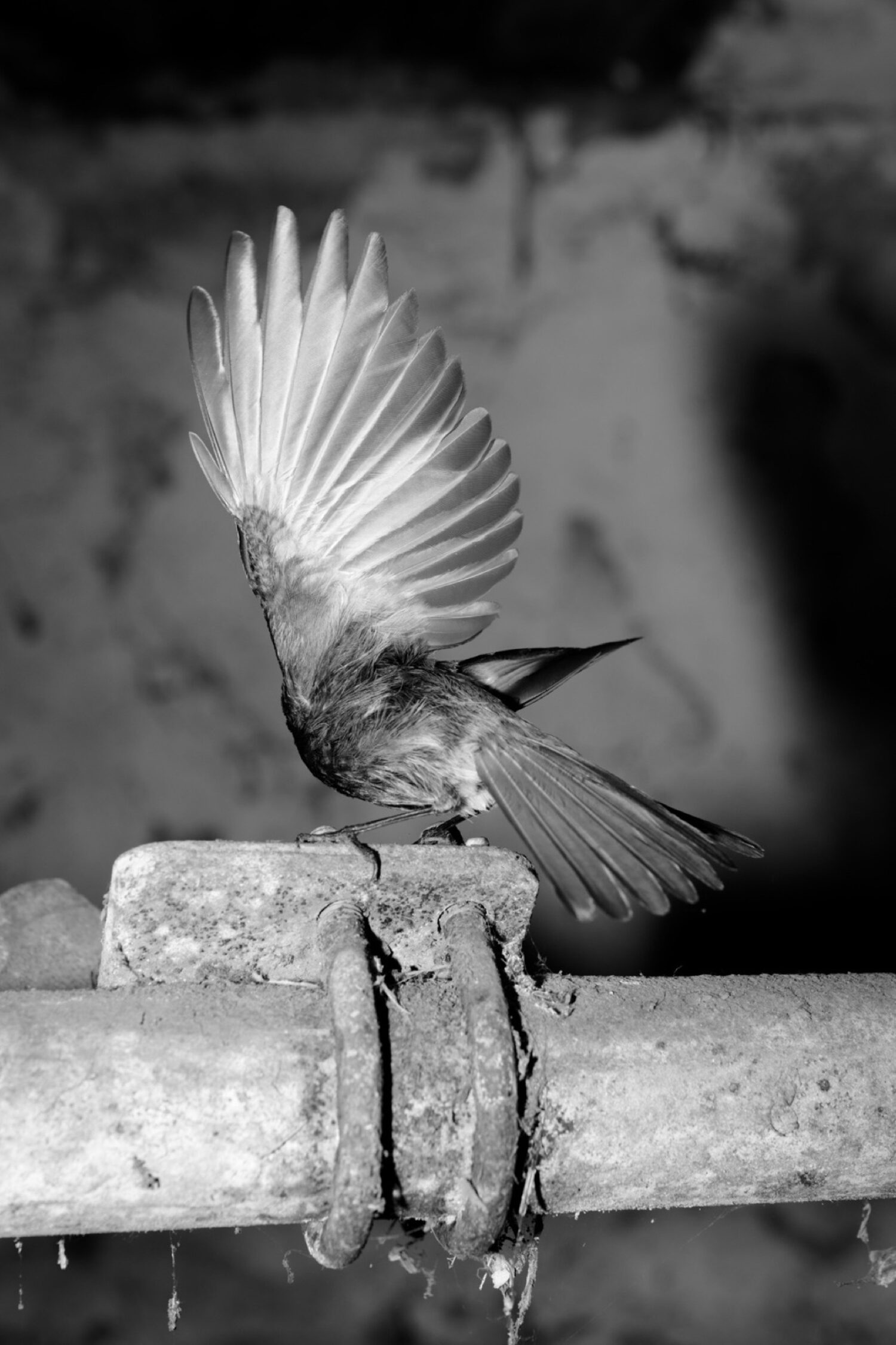
1/12: Flight II, 2021 (Plexus, 2018-2023)
-
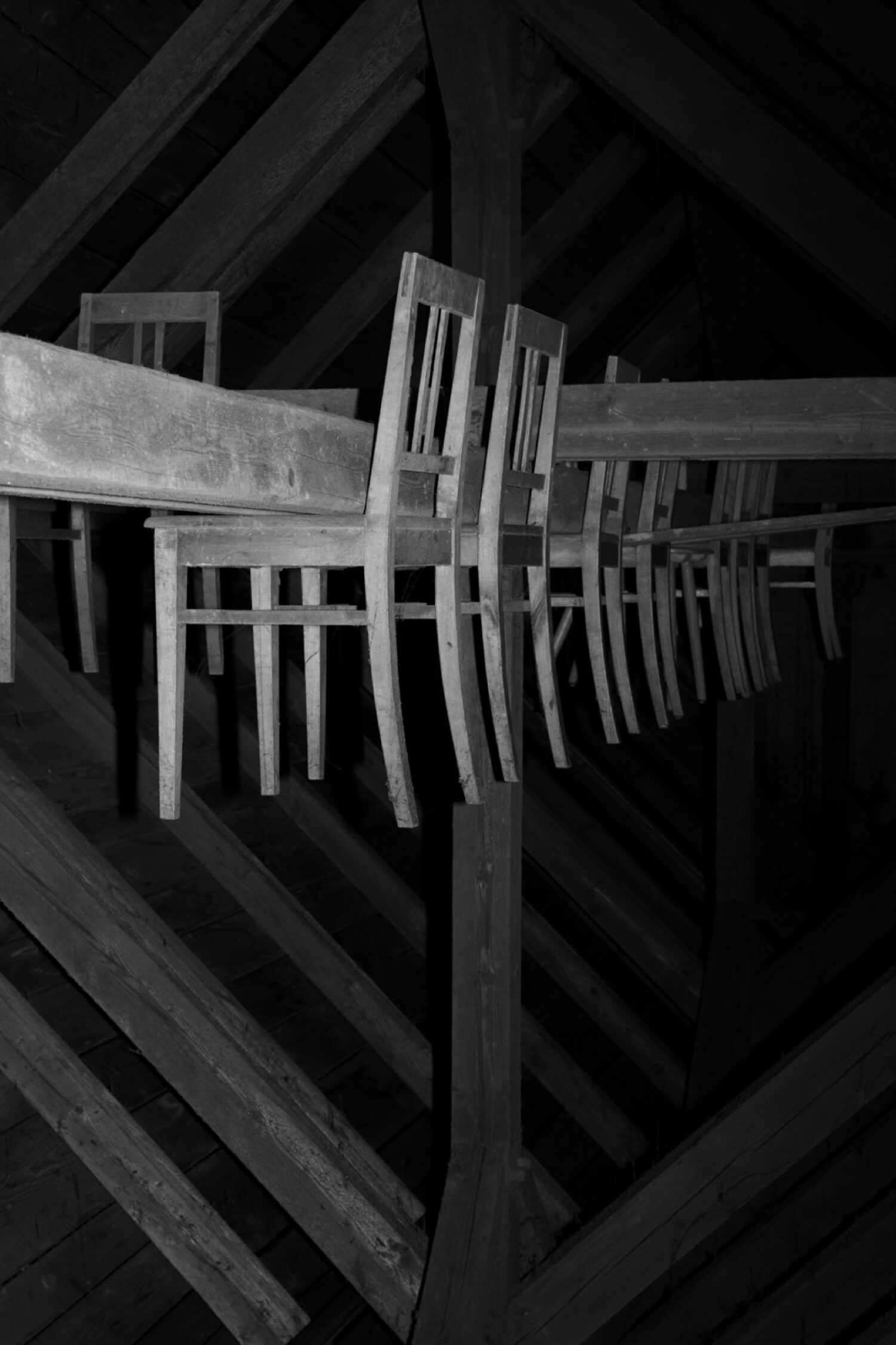
2/12: Supper, 2021 (Plexus, 2018-2023)
-
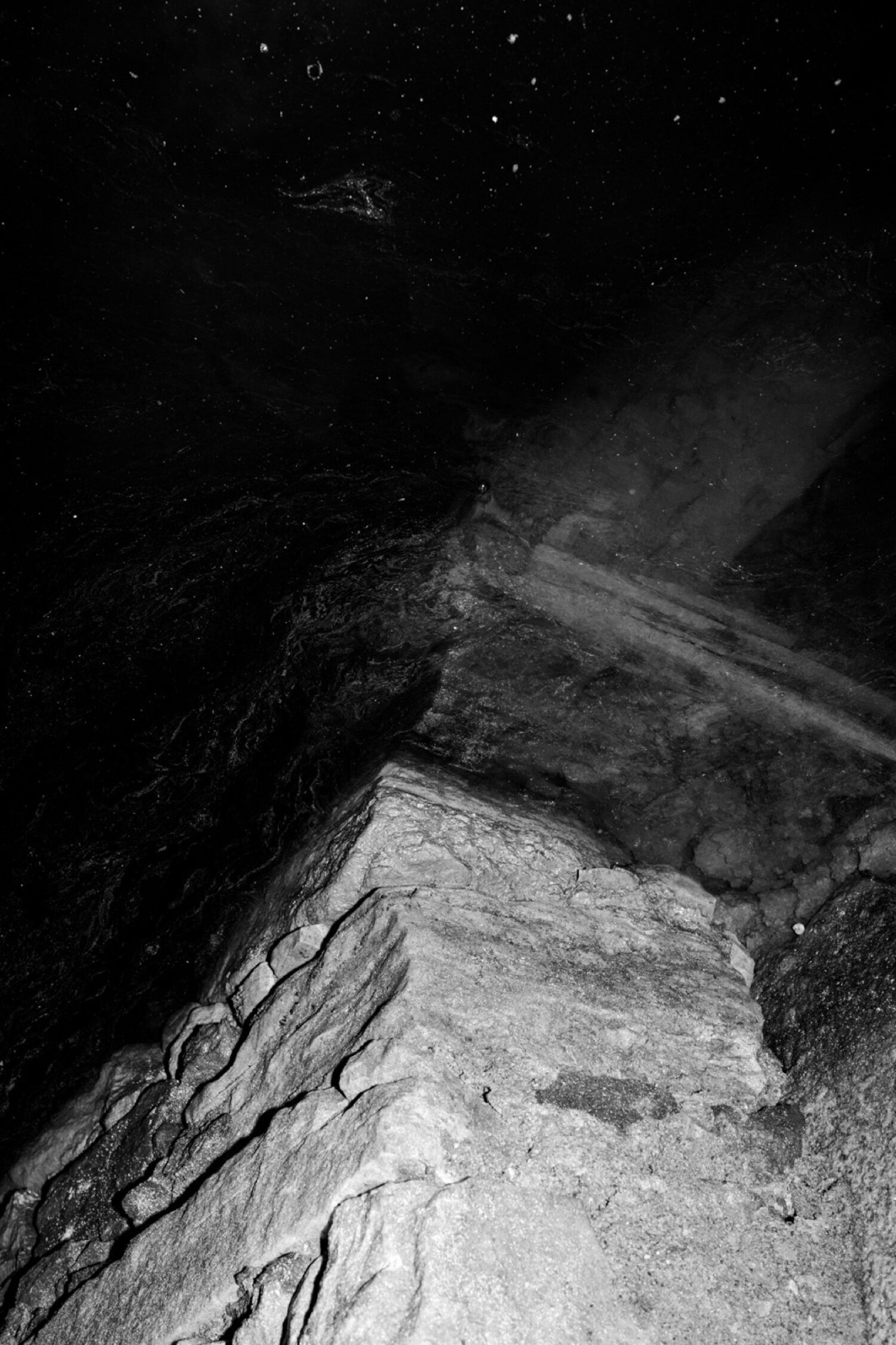
3/12: House and Universe, 2021 (Plexus, 2018-2023)
-
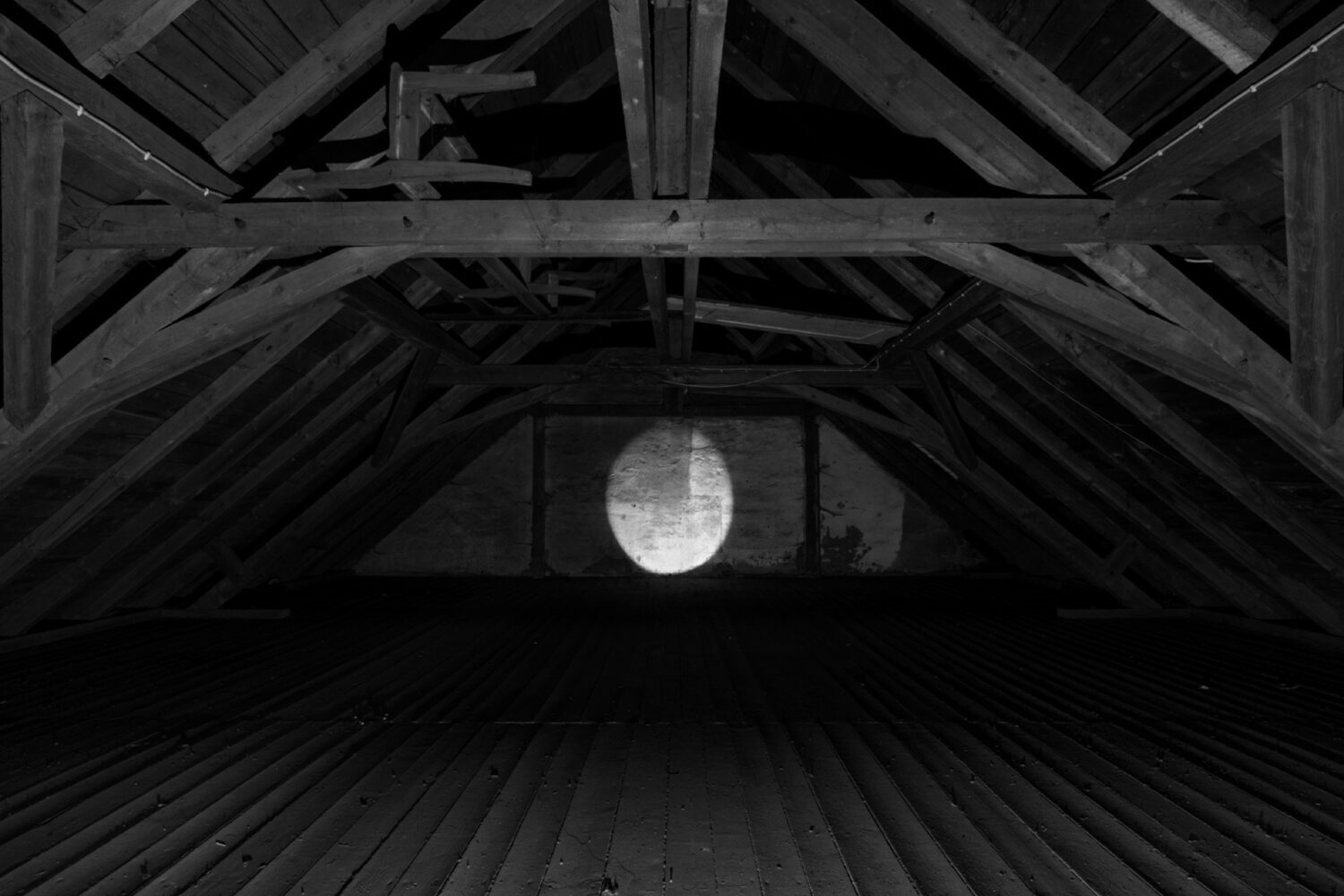
4/12: Entrance, 2019 (Plexus, 2018-2023)
-
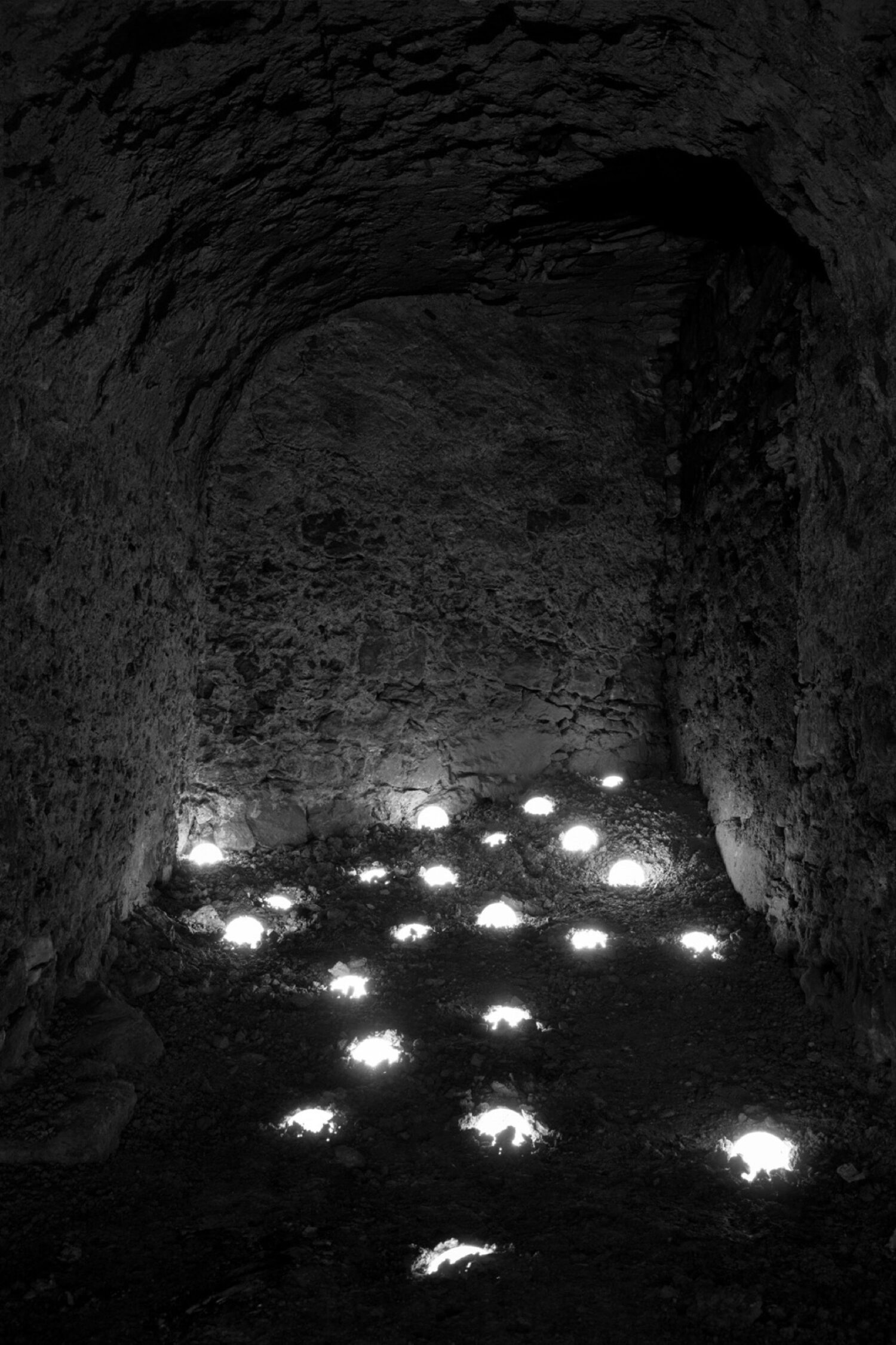
5/12: The Garden, 2020 (Plexus, 2018-2023)
-
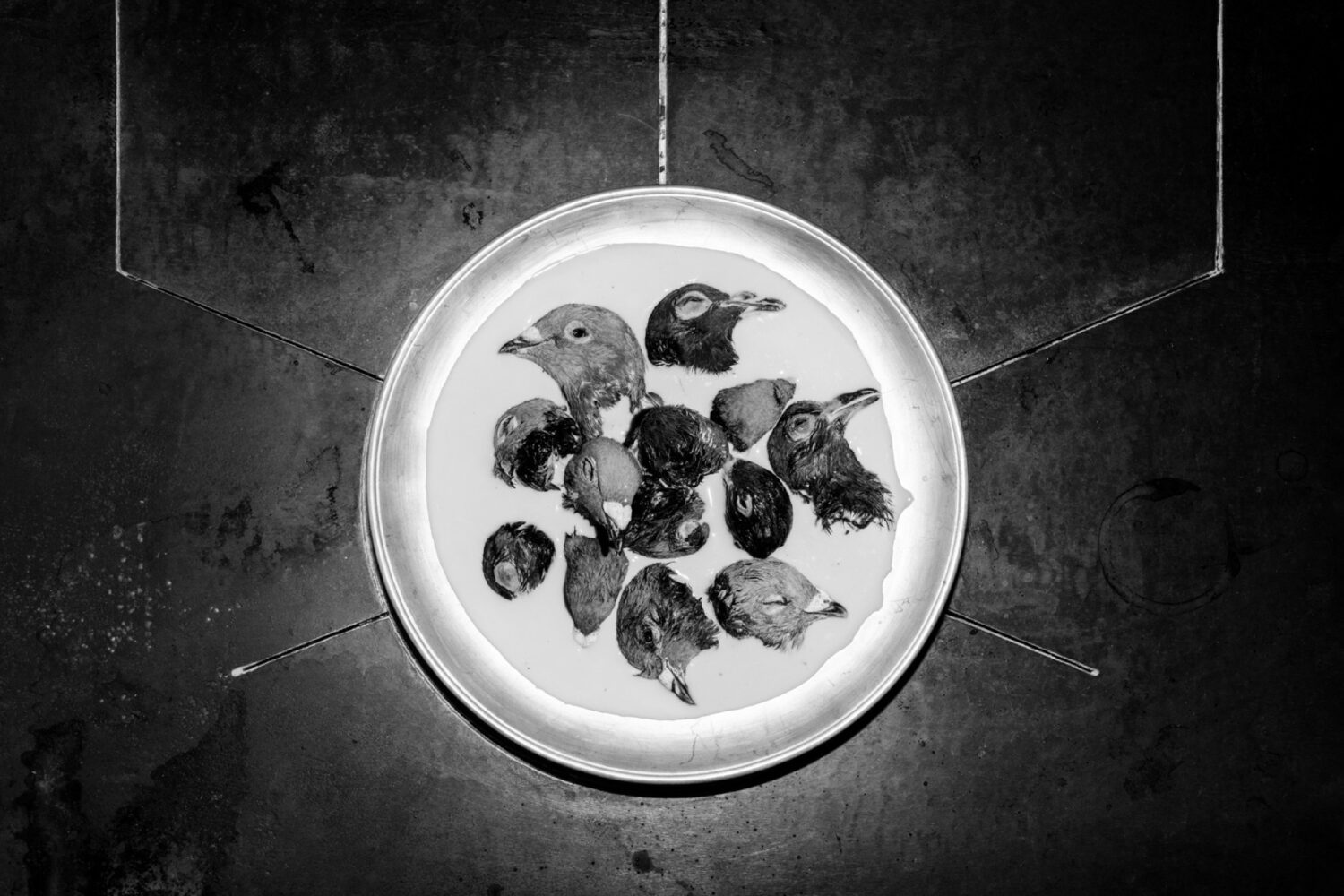
6/12: The Source, 2020 (Plexus, 2018-2023)
-
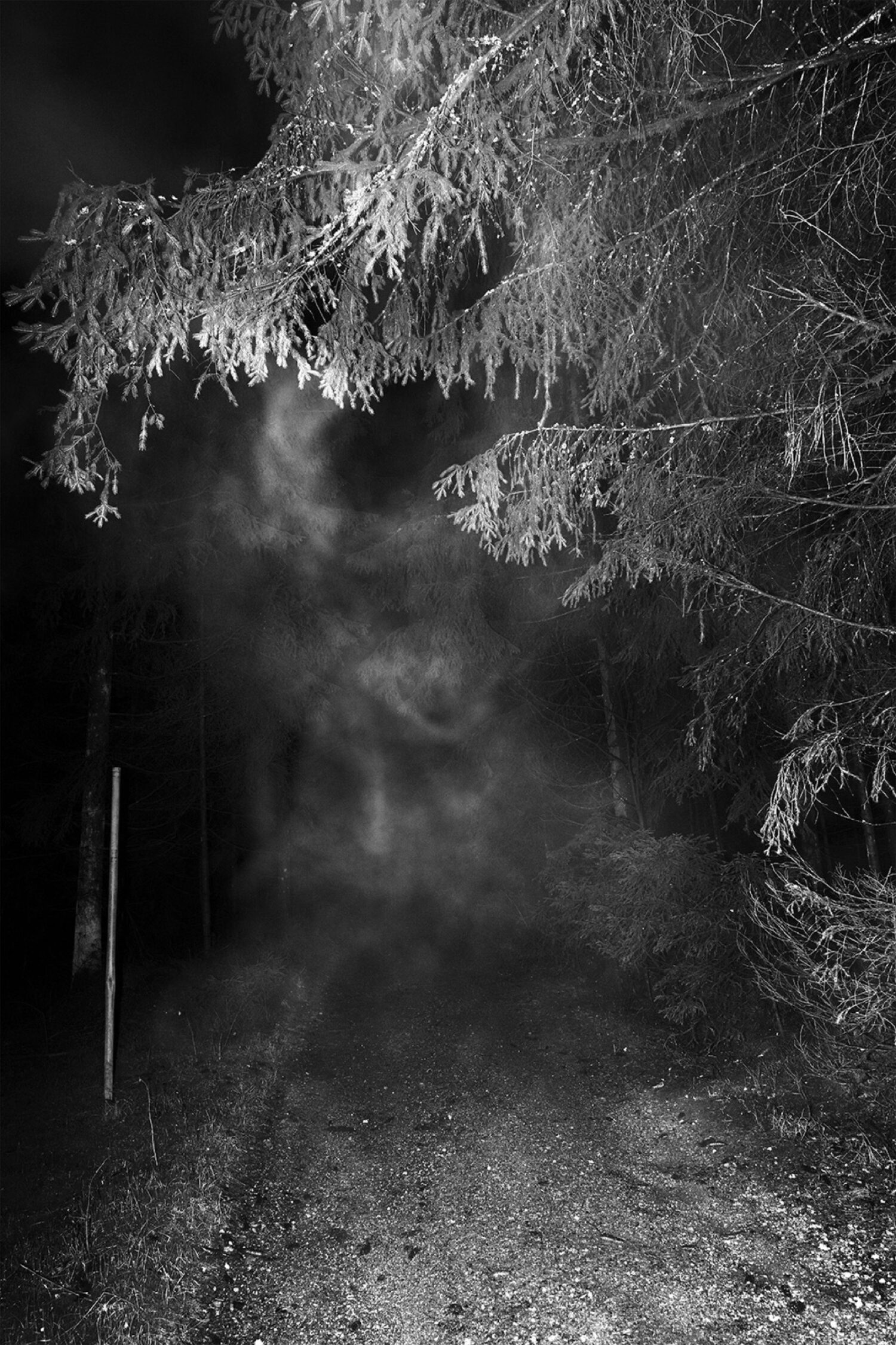
7/12: Manifestation, 2020 (Unternachte, 2018-ongoing)
-
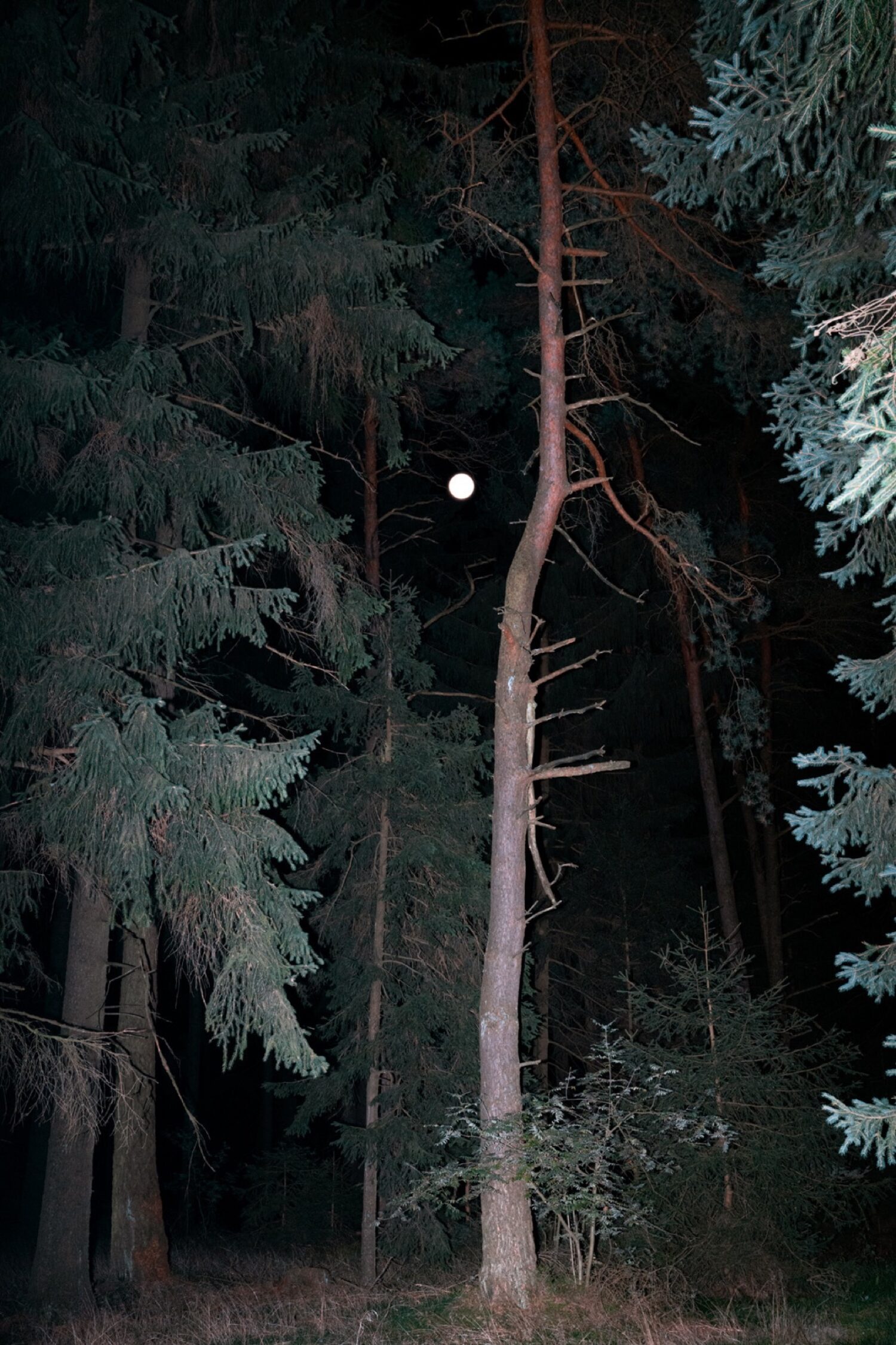
8/12: Zuhause, 2019 (Unternachte, 2018-ongoing)
-
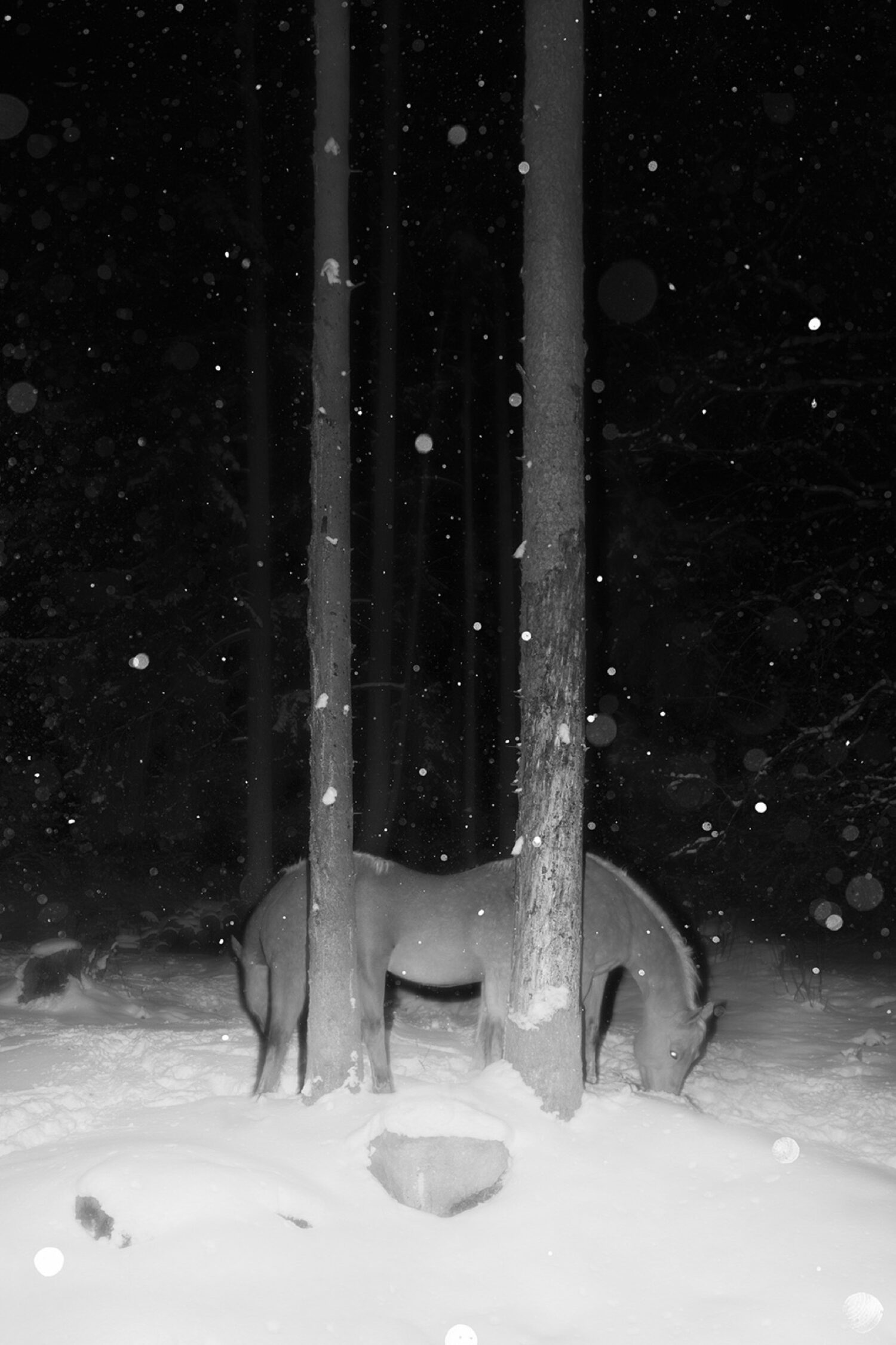
9/12: Pfortner, 2021 (Unternachte, 2018-ongoing)
-
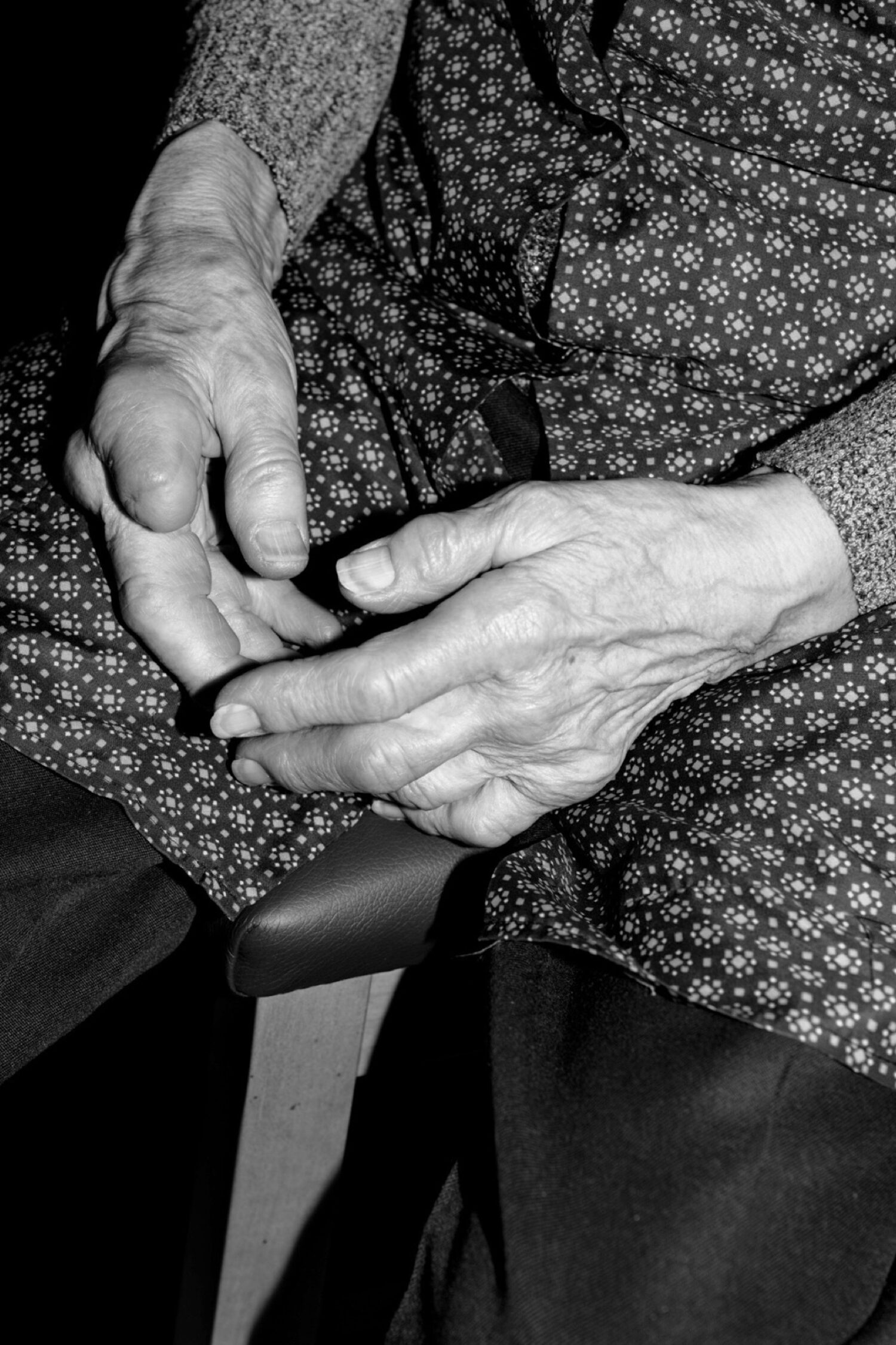
10/12: Die Erzahlerin, 2020 (Unternachte, 2018-ongoing)
-
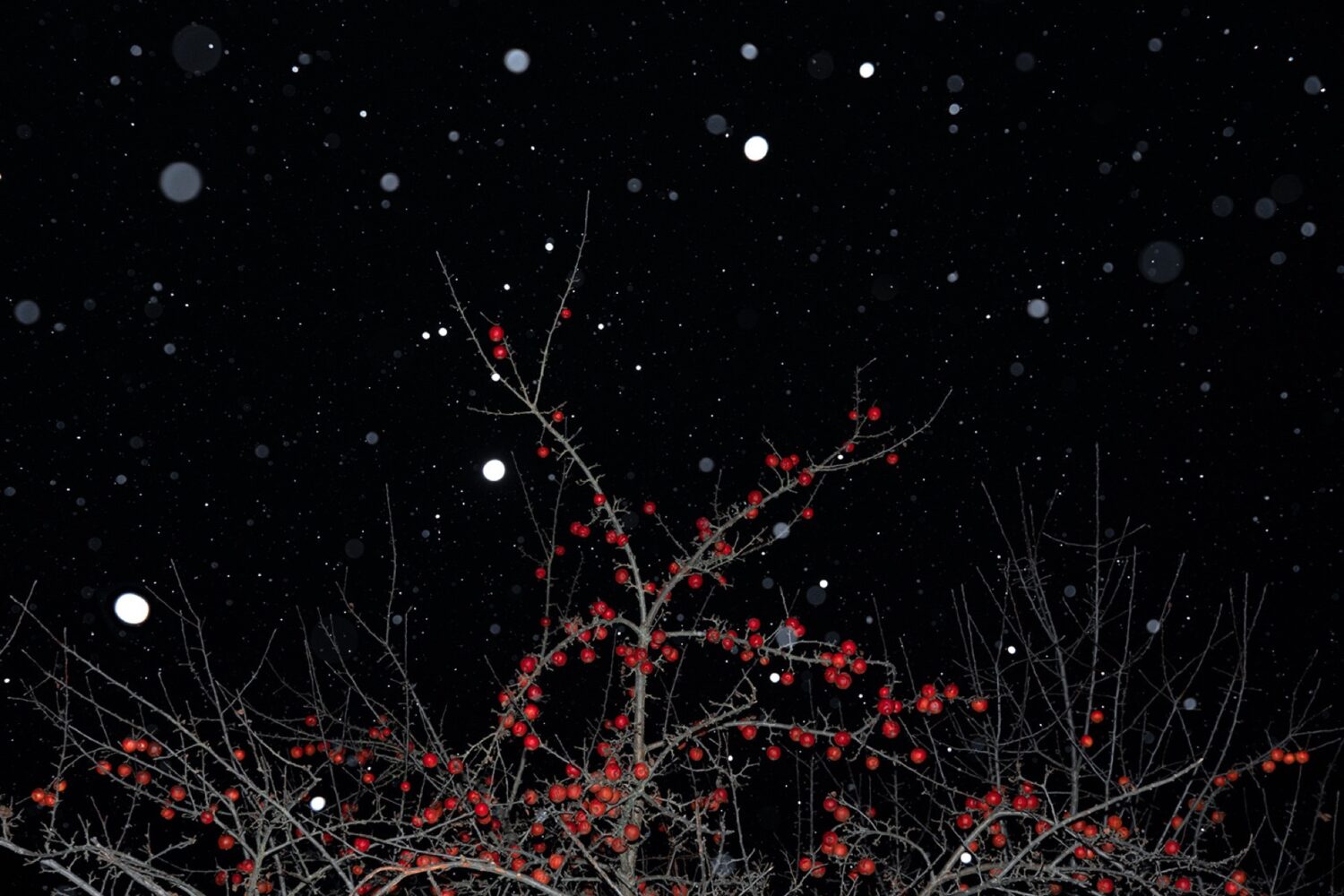
11/12: Letzte Ernte, 2020 (Unternachte, 2018-ongoing)
-
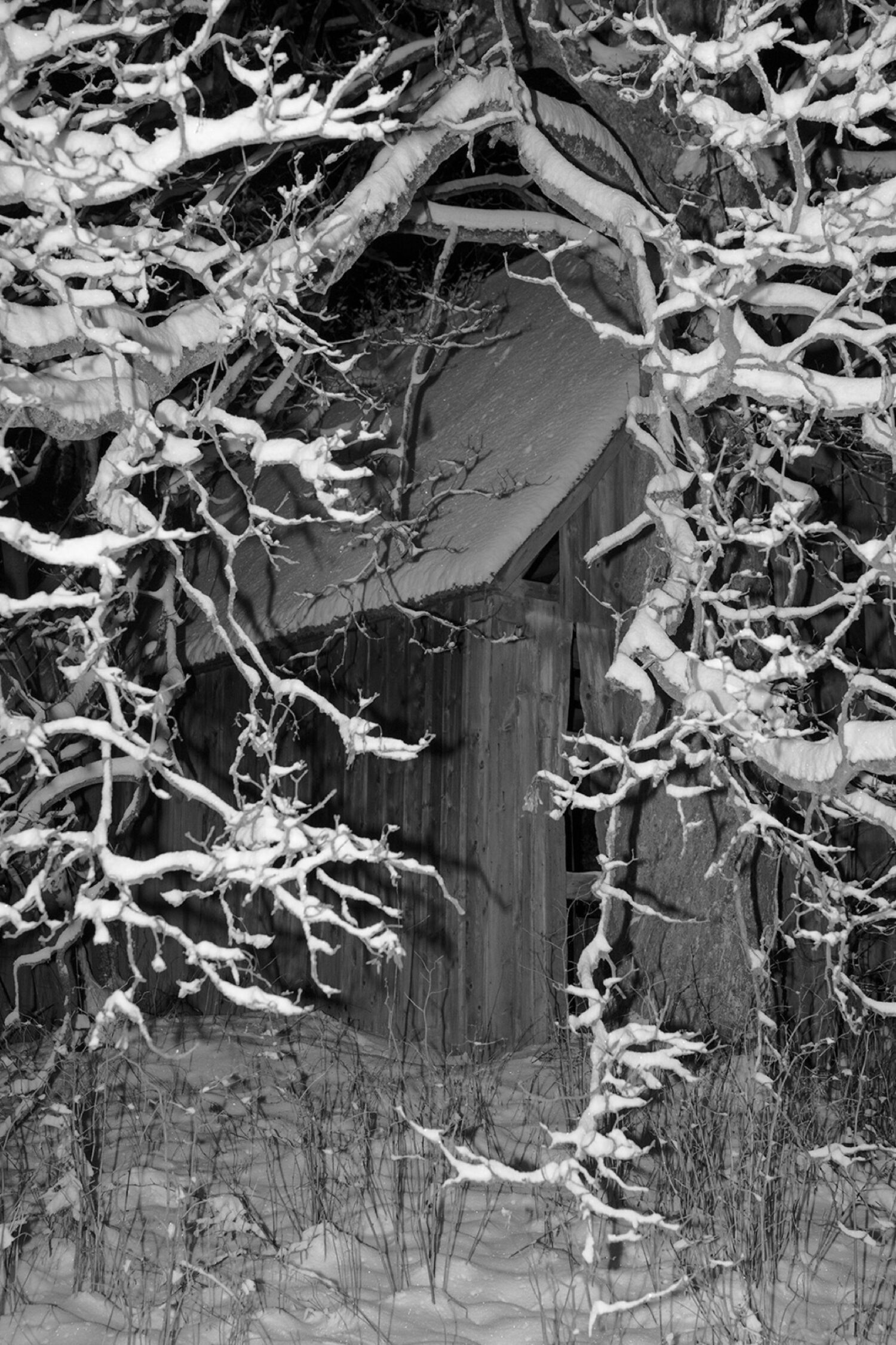
12/12: Lauer, 2021 (Unternachte, 2018-ongoing)
Elena Helfrecht is an artist based in Bavaria whose practice explores rich internal worlds and stories. Beautiful, haunting, and surreal, Helfrecht’s work often features stark lighting, animals, and a deep sense of something beneath the surface. Her photos encapsulate a mystery that feels insistent yet intangible, time which is jarred yet inescapable, and a stillness and peace in things that may be frightening or grotesque. Helfrecht is influenced by folklore, psychology, and shared histories that permeate her own life experiences. She uses photography as a medium for imagination and reconnection with a fragmented past.
Silver Eye Scholar and recent University of Pittsburgh graduate Lucy Zhang speaks with the artist about her practice.
Lucy Zhang: To start, could you speak a bit about how you got into photography?
Elena Helfrecht: My dad gave me his old digital camera when I was younger. I believe my studies in art history had the most significant impact on my process, as I utilize photography in a conceptual, symbolist manner, perhaps more akin to painting.
LZ: What are your creative inspirations?
EH: Everyday life, really. Nature, literature, conversations with friends. Visiting exhibitions as well, but recently, I have moved back to the countryside, so there is less of that at the moment. I’m living a bit of a hermit’s life out in the woods but am very happy with it.
LZ: Many of your images seem to toe the line between truth and fiction, or like there is something left behind but also something alive that’s there, hidden or creeping beneath the surface. If I am describing that correctly, is there a reason you feel drawn to this sort of tense liminal space? What type of feelings do you try to capture or convey through this?
EH: I don’t believe it’s helpful to specify the exact feelings I aim to convey, as it would likely limit the perception of everyone who views the work. I don’t place too much emphasis on people feeling exactly what I feel, as long as they experience some form of emotion. My images come from a place deep within, and I try not to overthink what I photograph in advance (that part comes after I’ve taken the picture).
Consciousness has fascinated me since a young age, along with questions about our origins and destination. Additionally, I’ve been drawn to horror, fantasy, and darker themes for as long as I can remember. I do consider the work to be alive in a way, as it’s constantly changing, moving, and interacting. I always like to see the artist and the work as an abstract version of mother and child.
From early on, I was interested in creating narratives and telling stories, perhaps because I grew up in Bavaria, surrounded by myths and legends, which intrigued me from a young age. I always felt that fictional stories are more universal and leave more room to find yourself in them, perhaps even to contribute to them. I was never interested in documenting anything.
LZ: I can feel a strong sense of storytelling in your projects, how do you think about narrative and sequencing with your images? Does this relate to the form in which you show your work?
EH: I don’t always think about sequencing or presentation right away when working on a project. Usually, I just create and then see where the images lead or how they interact with each other. The process is very much alive. I always need input when sequencing; I feel I become blind to all the possibilities if I spend too much time alone with the work. However, there are some images meant to be together from the beginning. Sure, books and exhibitions work in very different ways, and I find it interesting to showcase the works in various formats, but I don’t consider this while creating the work; that would be too limiting. That being said, curation and sequencing play a huge role in any “final” presentation, but the work always adapts, and I love to play with it.
LZ: Could you talk about your use of lighting and black & white photography?
EH: Over the years, I have become more and more obsessed with form and texture, particularly through my work on Plexus. It's intriguing how, when colors are removed, all materials seem interconnected; everything appears to be crafted from a similar fabric—akin to human consciousness—which, fundamentally, is true. I often find color distracting for this reason. However, there are instances where color may be more fitting, especially when there's a symbolic or narrative aspect to it. A bright, straightforward light source enhances these elements, so in terms of lighting, I have only a few requirements: it must be bright, portable, and easy to use.
LZ: There are recurring images of animals, trees, and interior spaces in your work. Could you expand upon your use of these symbols?
EH: These symbols all emerge in a truly organic manner, without me consciously thinking about it. I am simply drawn to these elements; they naturally find their way into my work. Birds have become particularly significant to me; there have been some eerie coincidences throughout my life, especially involving pigeons and crows.
LZ: I love the openness and fluidity of your process and am interested in this balance between trying to leave space conceptually while also being very intentional with things like form, texture, and color. I was wondering if you could speak a bit more about this?
EH: Much of it happens instinctively. I am drawn to something emotionally and then capture it; sometimes images also appear in my head, and I stage them. There's a lot of experimenting involved, creating is a very playful process for me. Nonetheless, I have a strong feeling of what I want during shooting (if I see it, I know), though all these decisions come from my gut; there's not much rationality involved — and I've found that this is when the work becomes strongest. Analyzing, editing, and refining only come after. In the end, it is probably similar to dreaming and then interpreting your dreams afterward.
Participating Artist
Elena Helfrecht is a visual artist based in Bavaria. Her practice revolves around the inner space and the phenomena of consciousness, emerging from an autobiographical context and opening up to the surreal and fantastic, at times grotesque. Interweaving memories, experiences, and imagination, she creates inextricable narratives with multiple layers of meaning, characterised by a visceral iconography. Within her work, photography serves as a direct connection between the internal and the external realm. Through this process, she relates individual experiences to a collective history and turns personal involvement into a shared understanding. She is influenced by the folklore and landscapes of her home and her passion for Art History and Psychology.